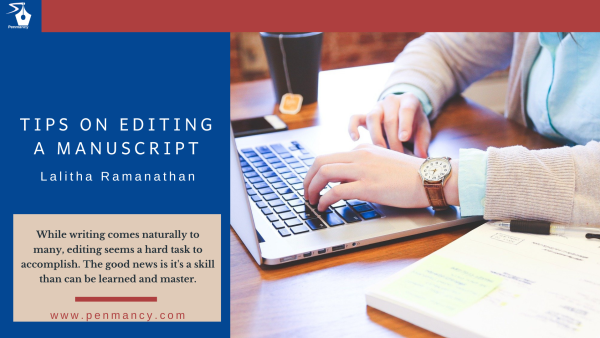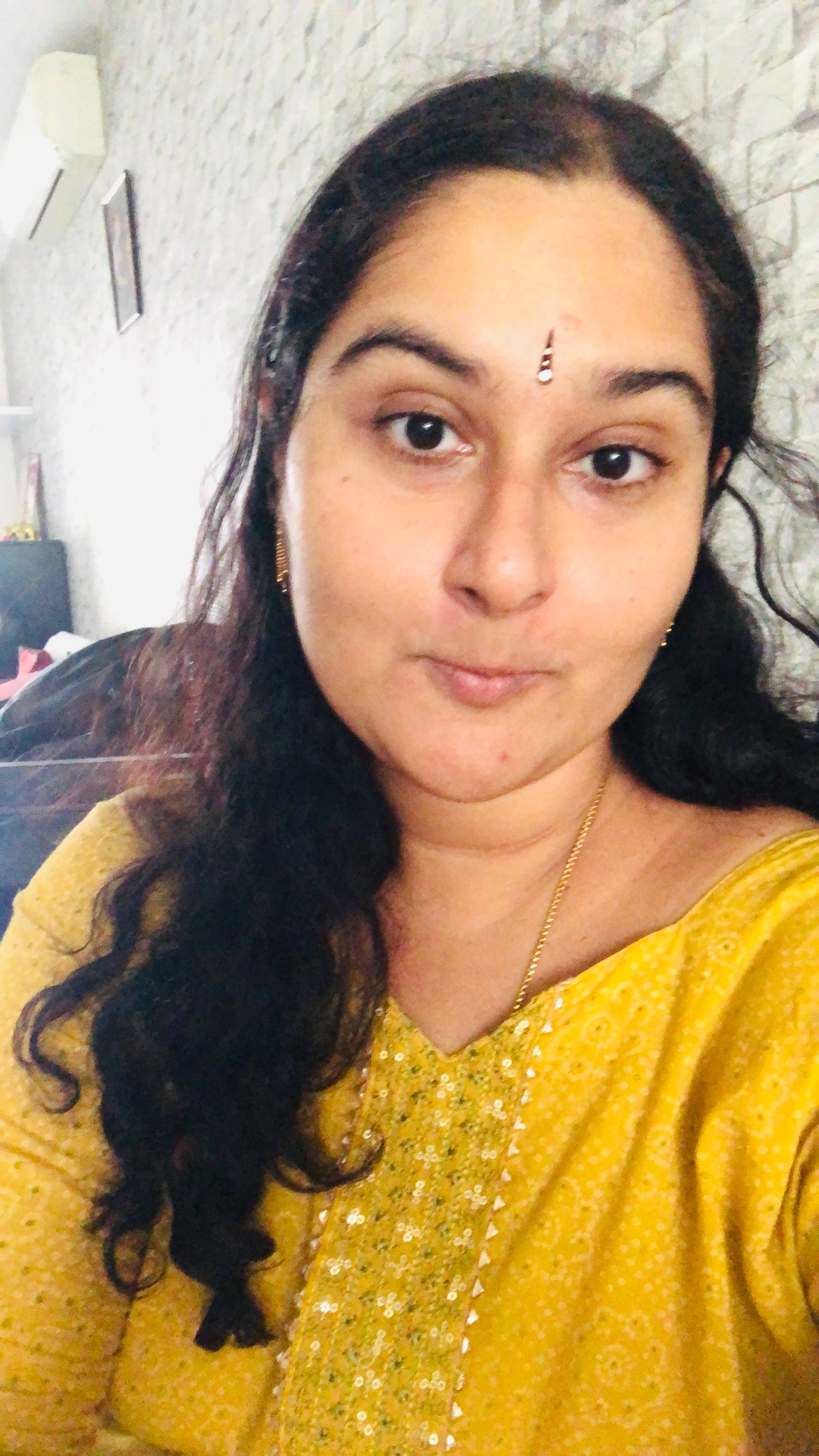
I’m writing a first draft and reminding myself that I’m simply shovelling sand into a box so that later I can build castles.
― Shannon Hale
Editing is an integral part of your journey to becoming an author. For many of us, writing comes naturally. Editing not so much. It remains the tedious and monotonous part.
You work on a story for days. You feel confident and publish it. The reviews come in, pointing out your errors. Errors that you missed, and wish had corrected in the first place. You groan in frustration. “How did I miss it?”.
Does this sound familiar?
Editing is an art, but the good news is that it gets better with practice. Here are some tips to enhance your editing skills.
1. Schedule ample time for editing.
Most of us scramble to hit deadlines without budgeting any time for editing. One needs to spend as much time editing, as in writing the story. Take time to review the punctuation, grammar, spacing, and flow. Fix plot loopholes, make sure that any stated fact is substantiated, and reference all external resources.
2. Edit more than once and take breaks between editing.
Once you have finished the first draft, do not jump into editing immediately. Take an eye-break. Pace out the reads between different times of the day or even between days. A fresh mind gives a new perspective and helps to spot previously unnoticed errors.
3. Read your work out aloud.
The eye sees what it wants to see, and the brain fills in the blanks and completes sentences automatically. This means that may overlook mistakes. (Did you notice the missing ‘you’ in the previous sentence?)
The best way to not fall into this trap is to read text out aloud. Some versions of Microsoft Word have a ‘read aloud’ function under review. You can also use online text reading software. If it sounds OK to your ear, odds are it’s OK.
4. Use online editing tools.
Online tools like Hemingway Editor and Grammarly can assist with editing. As Grammarly says, ‘To err is human, to edit is divine.’
These tools help to correct basic errors and adjust spacing. They are not one hundred percent accurate, and the free versions do not reveal all the errors, but they can help narrow down mistakes. Even better? A buddy who can proofread your work.
5. Avoid too many flowery words.
Do not try to embellish your works with flowery and difficult-sounding words. While it might make you sound knowledgeable, too many hard words means that the reader spends more time on the dictionary than reading your story, and they may lose interest. Also, avoid synonym generators if you are not sure of the usage of the words generated. Context is important. Else the new sentence may not make any sense at all.
6. Consistency is key.
If you choose to capitalise one word, make sure that word is capitalised throughout. Be consistent with your spelling- if you follow the American style of spelling, maintain the same style throughout. This also applies to punctuation and dialogues. While writing dialogues, make sure new dialogues start as new paragraphs. Avoid abbreviations.
7. Save word count by avoiding repetitions.
Review your sentences and try to avoid repetitions.
Example: Her own folly can be replaced by Her folly, the own being redundant here.
Check if you can use a single word to convey the same meaning.
Example: He wanted to make the project happen can be replaced with he wanted to implement the project.
Some usages creep in from day-to-day speech constructs. Try to refine them.
Example: He really wanted to be on time can be replaced with He wanted to be on time.
8. Maintain the tense and active voice.
Make sure that the tense of your story is consistent. Many a time, writers mix up tenses, and this can negatively impact the reading experience. The tense mix-up happens because many of us tend to think in the present tense, while the story happens in the past. Try to use active voice more, as it infuses more energy into the narration. Use passive, if integral to your narration.
9. Keep the writing concise and crisp.
Is your writing more ‘Show’ than ‘Tell?’ Are you verbose at some places? Try not to use long sentences and paras. The story needs to breathe and thrive on its own to capture the reader’s attention. Avoid excessive use of adverbs and ‘-ing’.
Example: He was beginning to see why it wouldn’t work out can be replaced with He saw why it wouldn’t work out.
10. Check the overall narrative.
Check for clarity of thought and the message that you want to land. Do not lose sight of the central theme while editing for typos and punctuation. Many good ideas lose out in the execution, either because the writer lost track or grew too emotional. Sound off the plotline to your family or friends. Ask them if your story makes sense.
11. Don’t hesitate to cut.
Be ruthless when it comes to deleting unwanted paragraphs or sub-plots that take your reader’s attention away and do nothing for your central narrative.
Kill your darlings, kill your darlings, even when it breaks your egocentric little scribbler’s heart, kill your darlings.
-Stephen King
12. Read and review as much as you can.
The best editors are those that read and review the works of others. Read as much as you can and ask yourself. What inspired you? Is there something you can imbibe from this piece of work?
By being a critical reviewer, not only do you build other writers, but yourself as well in the process. Reviewing brings more clarity of thought and helps identify common errors that may have crept into your works as well.
Lastly, learn to let go. There is no end to editing, and you can walk through your manuscript a million times and still feel unsatisfied. At some point, you have got to accept that this is your best attempt; after all, your manuscript isn’t cast in stone. If anything crops up later, it will add to your learning experience.
Happy writing and happy editing!
